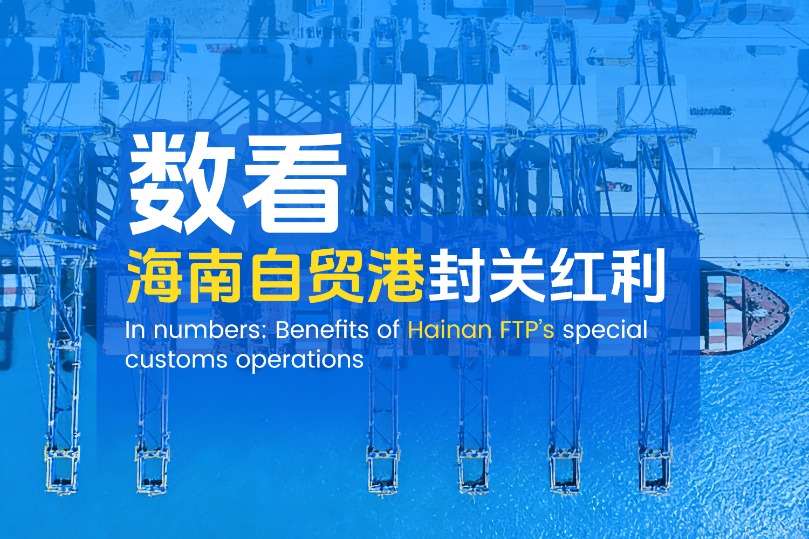Saudi diplomacy tastes diplomatic change
By Liu Jianna | China Daily | Updated: 2019-02-21 07:01
Attempt to break diplomatic deadlock
Diversifying the economy and diplomacy has developed into a trend for Saudi Arabia in recent years. The Saudi Vision 2030 development plan and Mohammed bin Salman's visit to Asia attest to that. Saudi Arabia has set its eyes on Eastern countries such as China. Yet this does not mean Riyadh has given up on the West.
Riyadh's efforts to diversify its diplomacy reflect the profound changes in the world. In the unipolar world dominated by the US, Saudi Arabia depended solely on the superpower on issues such as security. But the global pattern and power balance have changed considerably in the past few decades, thanks chiefly to the rise of Asian countries such as China and India. A number of countries, including Saudi Arabia, have adjusted their foreign policies accordingly.
Besides, to develop and diversify the economy, it is essential for Riyadh to engage with Beijing, the world's second-largest economy and the biggest importer of Saudi oil. As much as both countries aim to expand their cooperation in multiple areas, for instance, aerospace, new energy and high-tech, energy trade will remain an essential part of bilateral economic engagement in the foreseeable future given China's huge demand for Saudi oil.
Saudi Arabia has always had good relations with India, but now it hopes to lessen the impact of the West's isolation through dealings with India owing to the latter's close relationship with the West.
And the Saudi crown prince visited Pakistan mainly out of political, religious and cultural considerations, rather than economic concerns, in an effort to consolidate its relations with the Islamic world.
Li Weijian, a senior research fellow at the Center for West Asian and African Studies and Institute for Foreign Policy Studies, Shanghai Institutes for International Studies
























